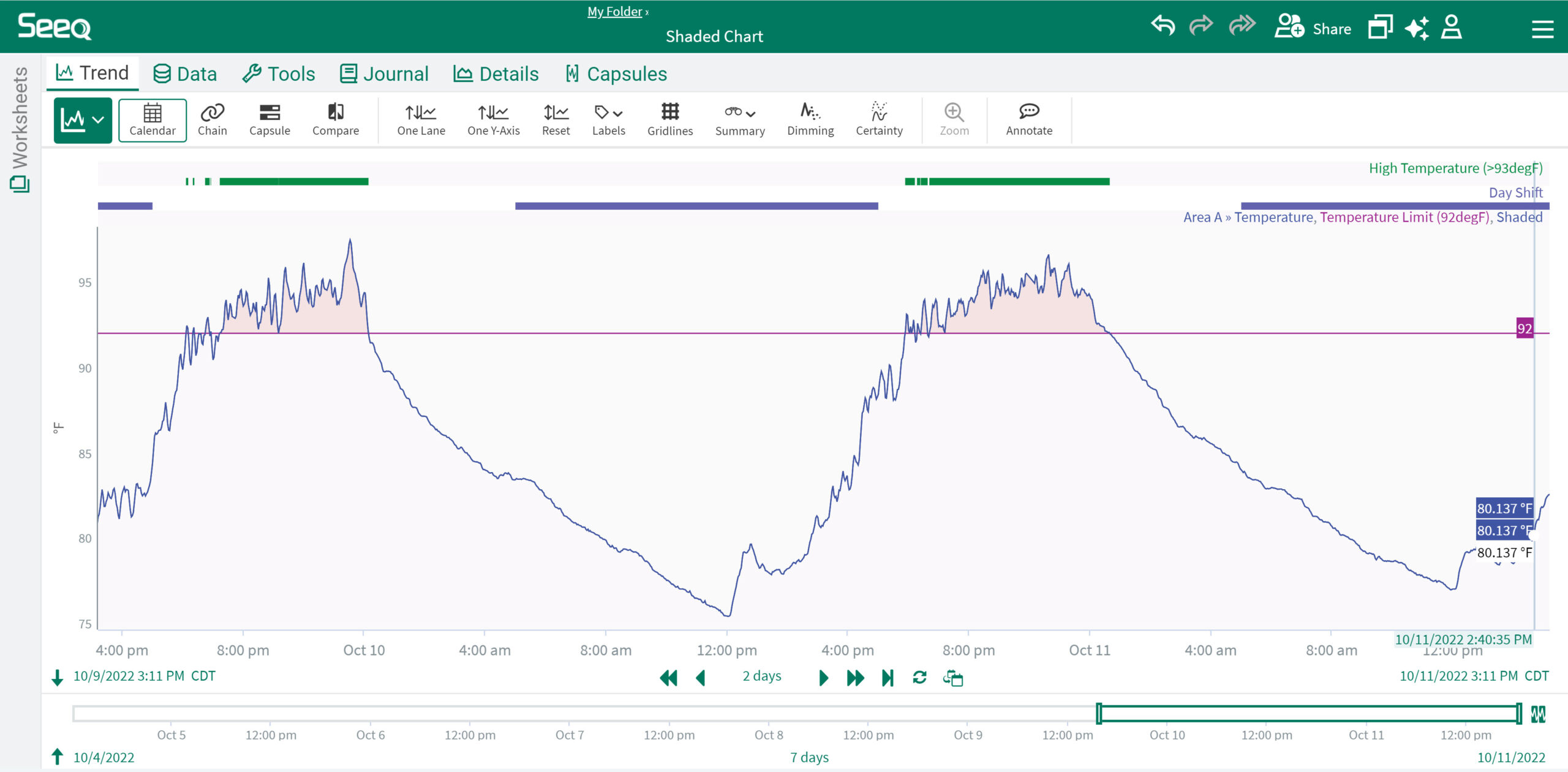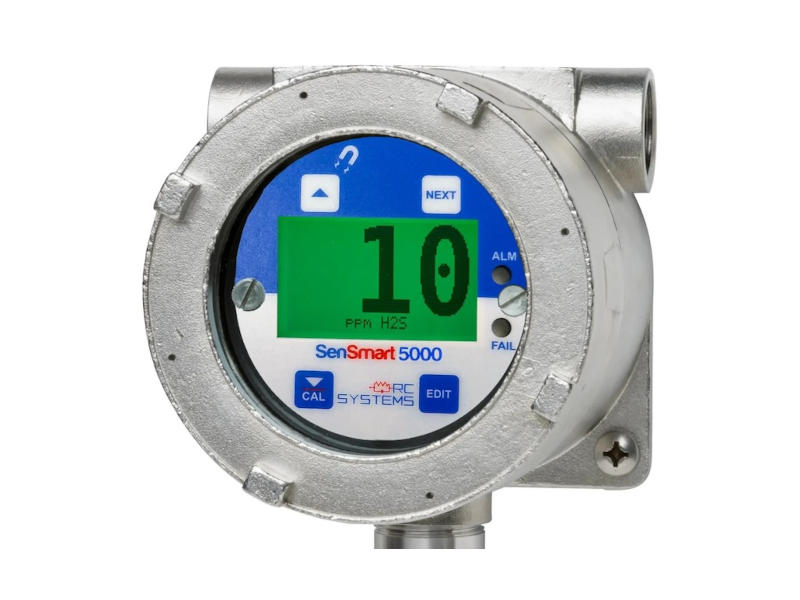When you use heavy-duty equipment to complete large tasks, you face the risk that big things will go wrong.
This is why specialized material handling equipment required for industrial manufacturing has become a focal point for concerns about operational efficiency, preventive maintenance, and costly failures that can harm business relationships and finances. This explains why a cloud-based enterprise asset management (EAM) system is an essential tool in a modern equipment maintenance manager’s toolbox.
Until not too long ago, the best a company could do to prepare for major failures was to make sure technicians knew what to do, keep their supply chains functioning well enough to minimize costly delays due to shortages, and take advantage of quiet periods (such as December holidays, or the summer construction holiday in some regions) to schedule routine maintenance during quiet periods to proactively spot potential failures.
Today, that is changing fast, with the introduction of EAM solutions that rely on cloud computing and integrate seamlessly with the rest of a company’s operations.
Maintaining mission-critical, material handling equipment requires an investment of time and money. However, the cost for not maintaining equipment is higher since it will result in lost productivity and the premature retirement and replacement of equipment. By contrast, regular maintenance helps to extend the life of equipment and generates a greater return on investment over the equipment’s lifecycle.
To tap into the benefits of routine or preventative maintenance, companies must focus on employee training, visual inspection, and following the original equipment manufacturer (OEM) instructions. These are basics that date back decades. Predictive maintenance is a good complement to preventive maintenance that relies on either manual or automated systems.
Checking a new list
It is astonishing—and exciting—to realize how quickly the maintenance and asset management scene is changing.
In the not-too-distant past—certainly within the memory of many asset management professionals on the job today—visual inspection was a key cornerstone in the effort to anticipate and prevent costly failures.
Asset management records were paper-based, as were the voluminous maintenance manuals available from OEMs. You could tell how well-used those manuals were by the grease smudges on the pages.
If checklists were available in electronic form, there was a time when they were almost certainly stored on local hard drives, and they may have varied from one department or device category to the next. Even if checklists were digitized and standardized, they were rarely,if ever,integrated with the rest of a company’s operations through a modern ERP or EAM system.
All of that is acceptable in hindsight—in fact, each innovation along the way delivered a big boost to maintenance planning and operational efficiency. But it is not the view that any heavy equipment asset manager should want for the future.
The future is here
Today’s modern EAM solutions allow better coordination of preventive and predictive maintenance, using sophisticated sensors and Industrial Internet of Things (IIoT) technology to spot subtle changes in performance before they are obvious by physical inspection. They aggregate equipment specifications with actual operating history to anticipate when those failures are more likely to occur.
The EAM with the company’s ERP, to give management a 360-degree view of the physical assets on which the success of the whole enterprise depends.
Now, the most successful, forward-looking manufacturing businesses are moving their IT operations to the cloud, an option that boosts cybersecurity, reduces IT costs, assures timely, trouble-free software upgrades, minimizes or eliminates costly, time-consuming modifications, and frees up in-house IT staff for more targeted, mission-critical projects.
A best-in-class EAM solution must integrate with mobile and tablet devices, allowing technicians to capture checklists of nearly any kind in the field and log their repairs and upgrades as soon as they are done.
Instead of big devices translating into big problems, companies are turning to Big Data to deliver savings and efficiency gains. That should be great news for anyone who owns, leases, supplies, or operates material handling equipment. The transition will not happen overnight. But there is a clear and shining purpose for heavy industrial equipment managers in bringing cloud-based EAM onboard.
Kevin Price is the Infor EAM technical evangelist and strategist at the Infor EAM development hub in Greenville, South Carolina.



